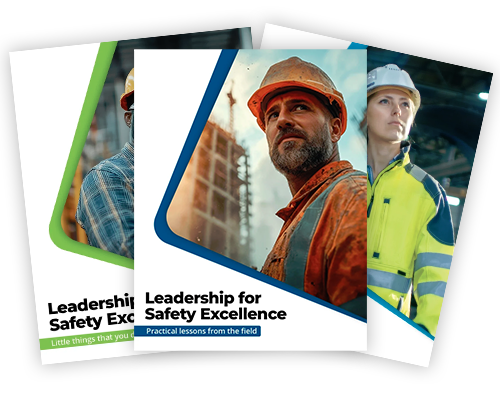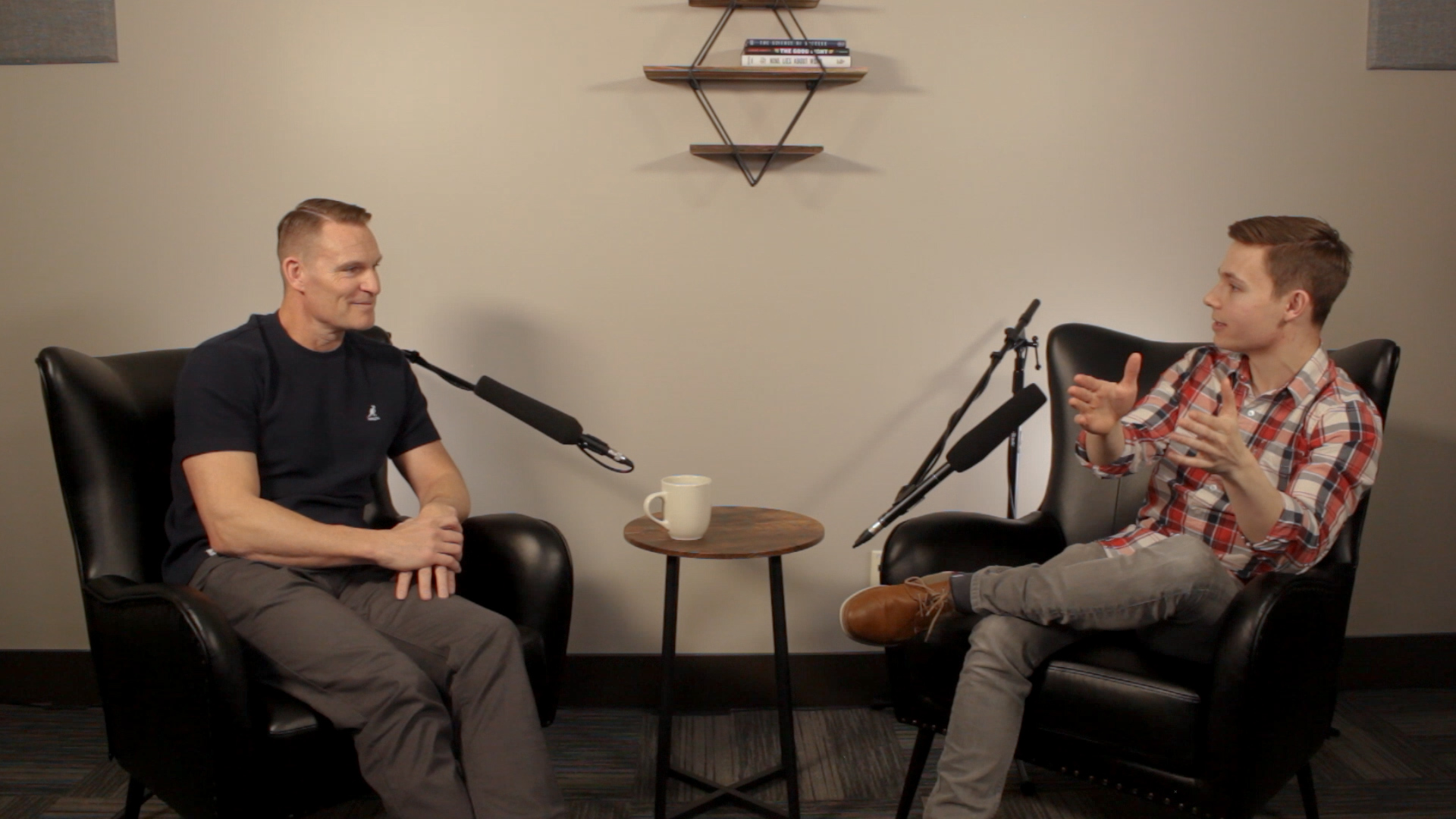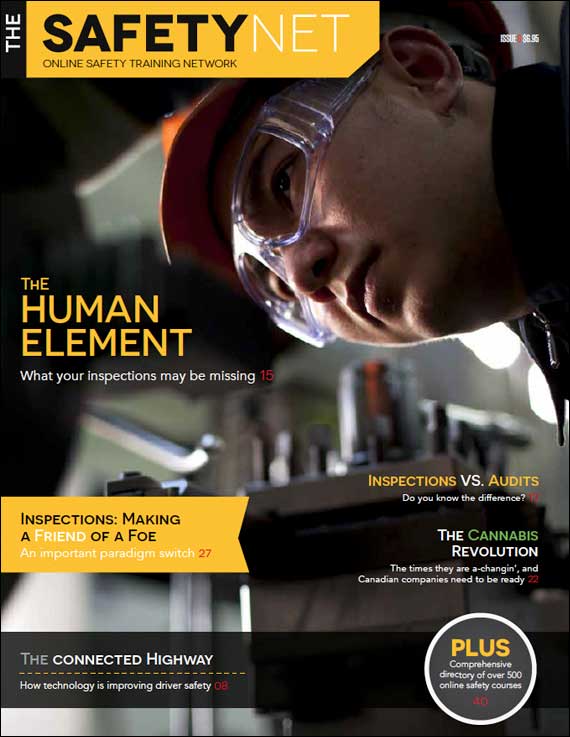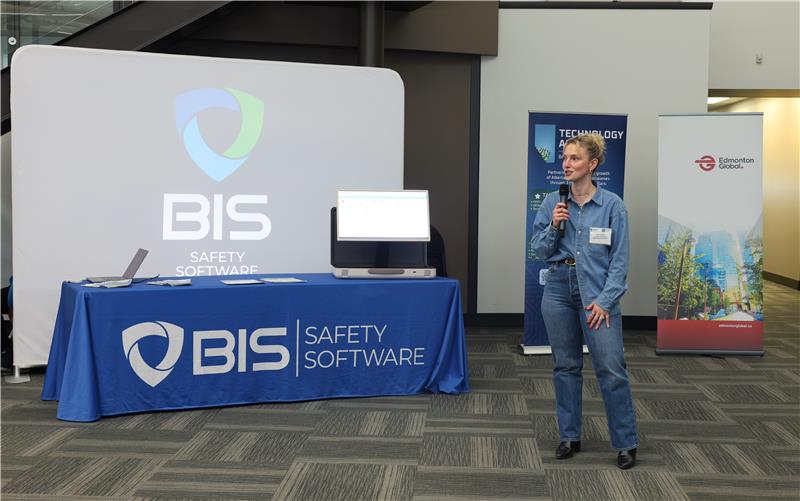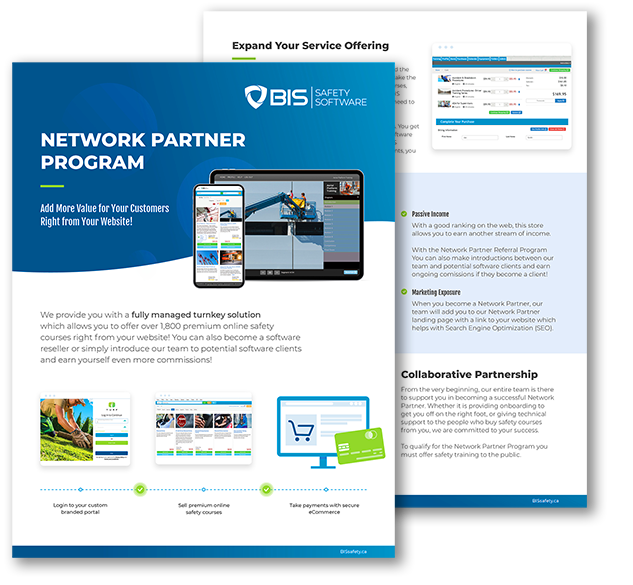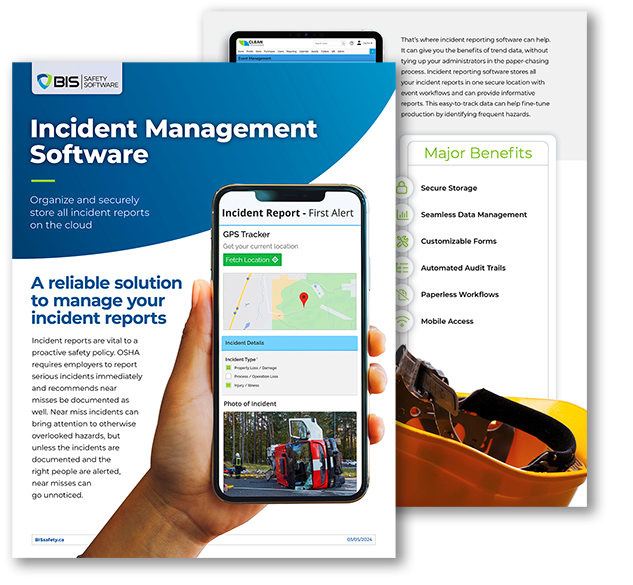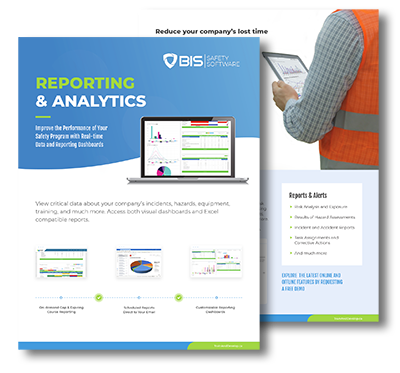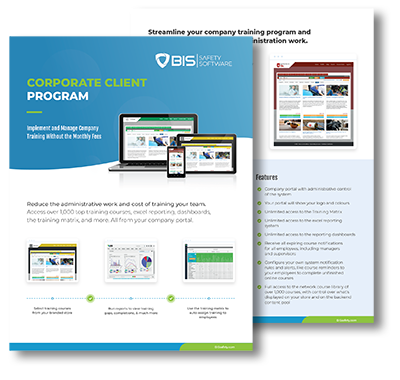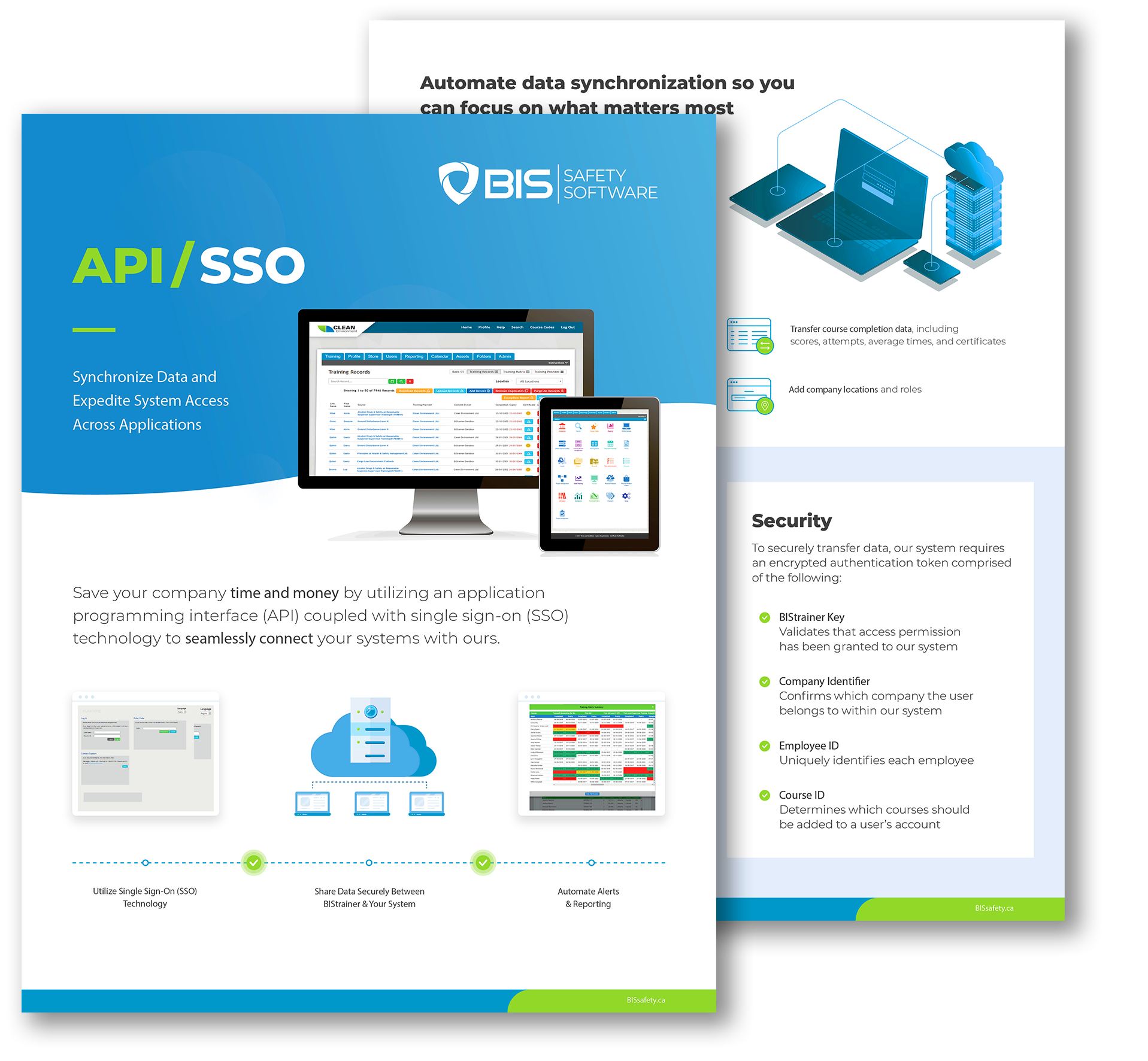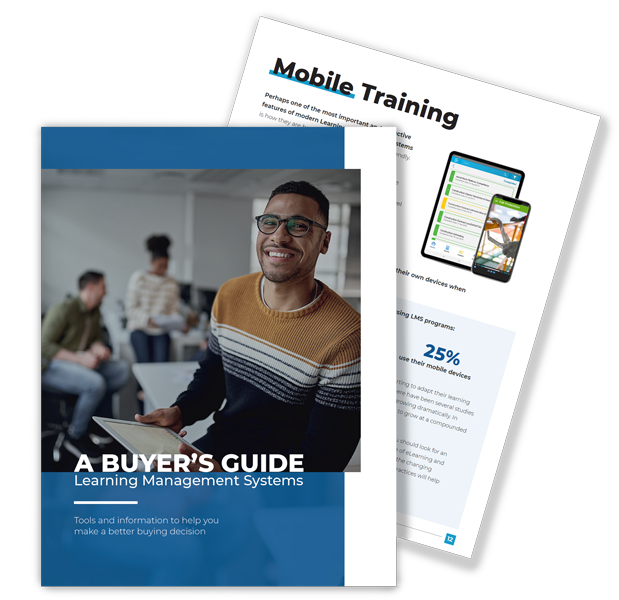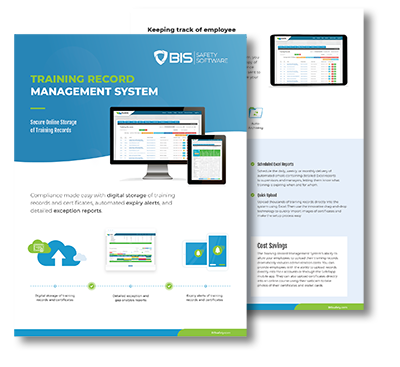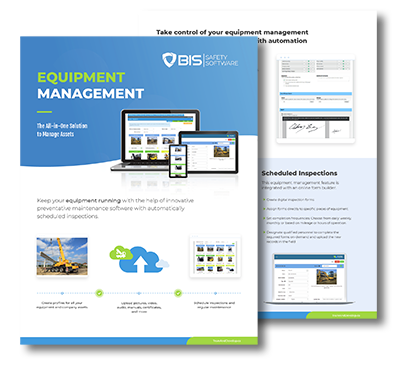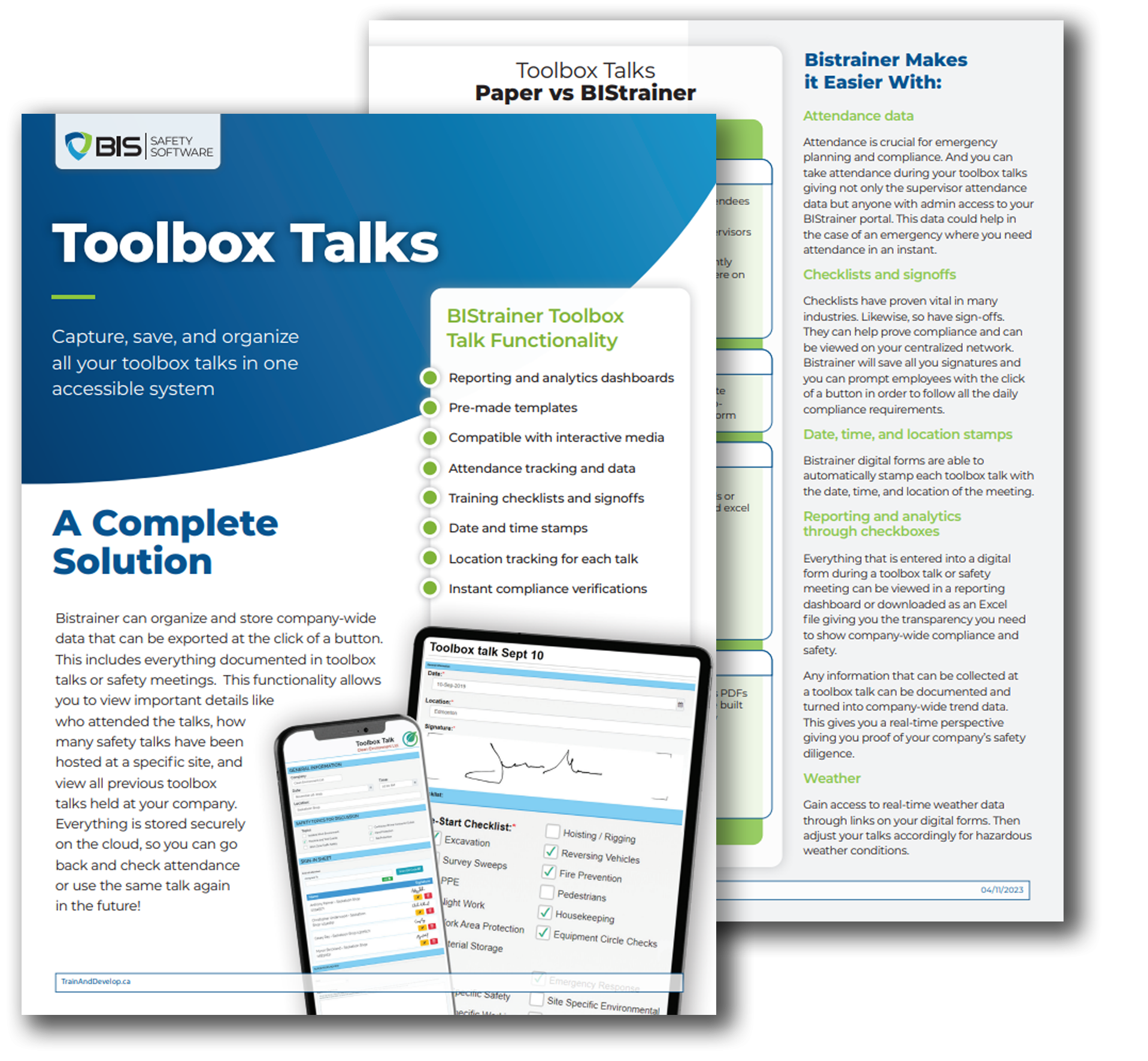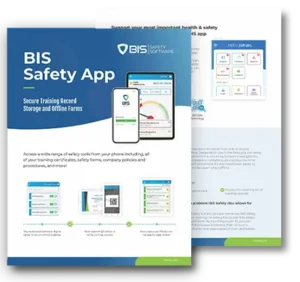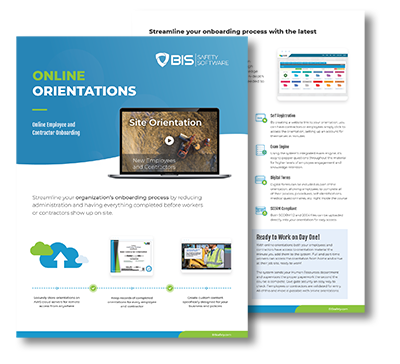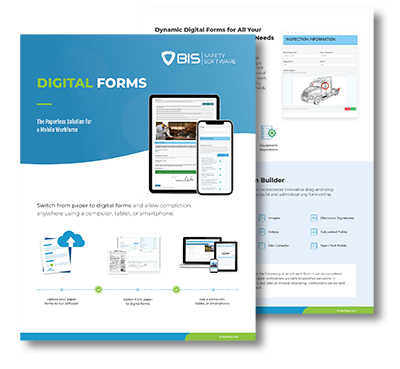The Dangers You Can’t See

Home Blog The Dangers You Can’t See The hidden workplace hazards you need to know about. By DanAdminCAD Facebook LinkedIn Some workplace dangers are obvious. Heavy machinery, heights, electrical wires, everyone knows to be cautious around them. But the hazards you don’t see? Those can be just as deadly. Invisible risks lurk in every job site, creeping up unnoticed until it’s too late. If you’re not paying attention, they can take you down before you even realize they’re there. The Hidden Threats You Need to Know Toxic Air – Dust, fumes, and invisible gases don’t just make breathing harder, they can silently destroy your lungs. Carbon monoxide, silica dust, and chemical vapors can be odorless and lethal. If ventilation isn’t enough, wear a respirator. Your lungs don’t get a second chance. Hearing Loss – You won’t notice it at first. A little ringing after a shift, some muffled sounds. But long-term exposure to loud environments can cause irreversible hearing damage. The worst part? You won’t even realize it’s happening until you’re struggling to hear conversations. Protect your ears before the damage is done. Fatigue – Lack of sleep is just as dangerous as working drunk. Slower reflexes, poor decision-making, and zoning out on the job can turn an ordinary task into a deadly mistake. If you’re exhausted, you’re a hazard, to yourself and everyone around you. Repetitive Motion Injuries – Small, repeated movements might not seem dangerous, but over time, they wear your body down. Poor lifting techniques, bad posture, and repetitive strain add up to chronic pain, lost workdays, and surgeries. Adjust your workspace. Take breaks. Don’t ignore the aches. Psychological Hazards – Stress, anxiety, and burnout don’t just affect your mood, they impact your ability to work safely. Distracted, overwhelmed workers are more likely to make dangerous mistakes. Mental health matters just as much as physical safety. Why These Dangers Are So Easy to Ignore Unlike a fall or a fire, these hazards don’t create instant chaos. They creep in quietly. They don’t feel urgent, until the damage is done. That’s what makes them so dangerous. No one feels their lungs getting weaker until years of exposure catch up. No one notices their hearing going until the damage is irreversible. No one thinks they’re too tired to work safely, until they make a deadly mistake. How to Protect Yourself from What You Can’t See Recognize the Risk – Just because you can’t see it doesn’t mean it’s not there. Stay aware of hidden dangers. Use the Right Gear – PPE isn’t just for obvious risks. Respirators, hearing protection, and ergonomic supports make all the difference. Take Breaks – Fatigue and repetitive strain don’t announce themselves. Pay attention to your body before it forces you to stop. Report Issues – Poor air quality, excessive noise, unrealistic workloads, if something feels wrong, speak up. Waiting could cost you your health. Make Safety a Habit – Don’t wait for symptoms. Preventative action is the only way to avoid slow-building hazards. Out of Sight, But Not Out of Mind The most dangerous threats are the ones you ignore. Just because you can’t see them doesn’t mean they aren’t hurting you. Protect yourself before the damage is done. Stay sharp. Stay safe. Sure, the biggest hazards can often sneak up on you, but a vigilant worker is a safe worker. Follow us! Stay up-to-date with the latest spotlight articles, podcasts, the SafetyNET Magazine, or our book on Leadership for Safety Excellence. All updates will be shared on our social channels, click below to follow us. Facebook Linkedin Related Articles All Posts #EmergencyPreparedness 2025 safety trends 360 Immersive 360immersive 6S Safety accident prevention accidental careers adjustable workstations adult education AI automation AI implementation AI in business AI in operations AI in Safety AI podcast AI strategy AI transformation Alberta safety courses Allan James Moore artificial intelligence asking for help audit findings audit readiness Audit Reporting automation in safety automation strategy avoidable injuries awareness Aztec Safety back strain BambooHR integration behavior-based safety Behavioral Safety behavioural safety biometric sensors BIS Podcast BIS Safety Podcasts BIS Safety Software BIS Safety Spotlight black holes Blame Culture BP Texas City Explosion Brave Leadership Brett Burkard burnout business automation Canadian OHS Canadian safety Canadian safety history Canadian safety standards carbon monoxide Carolynne Heron CCOHS chemical chemical vapors chronic injuries chronic pain cloud-based safety tools Coming Soon community safety programs Competency in Safety complacency in safety Compliance compliance courses Compliance In Canada compliance issues Compliance management Compliance Reporting compliance tools compliance tracking compliance training compliance vs protection Construction advocacy Construction education Construction industry construction safety construction safety training continuous improvement continuous safety improvement corporate culture corporate training corrective actions crane CSA standards Customer Spotlight Customer Spotlight Kevin Swinden Global Hazmat Safety Culture Hazmat Management Dangerous Goods Competency in Safety Workplace Risk Mitigation BIS Training Clients Canadian EHS customized training daily trip inspection Damage Prevention Dangerous Goods dangerous goods classification Danny Sellers data-driven safety Decision Analysis defect management defect tracking defensive driving DEI in onboarding digital compliance digital forms Digital Hazard Reporting Digital Onboarding digital safety Digital Safety Audits Digital safety systems digital safety tools digital safety transformation Digital Training Tools digital transformation DMS features document control document management system Dr. Joanna Pagonis Dr. Tom Krause driver file management driver training driving instructor program DTRMS e-learning e-learning tools eadership in safety early intervention education technology EHS EHS Adoption EHS Compliance EHS digital solutions EHS Inspections EHS Onboarding EHS software EHS tools Einstein electrical safety Emergency Action Plan emergency preparedness emergency response emergency supplies emotional training employee behavior employee engagement employee health Employee onboarding Employee Readiness employee safety employee training Energy Isolation ergonomic consulting ergonomic design ergonomic risks ergonomics Evacuation Procedures evidence collection EWI Works exoskeleton exoskeletons failure analysis fall protection fast onboarding field experience field level hazard assessments field safety field safety services Field Safety Technology Field-Friendly Software Fire Drills fire prevention Fire Safety Training first aid kit first week on the job first workplace injury fleet management fleet safety FLHA



